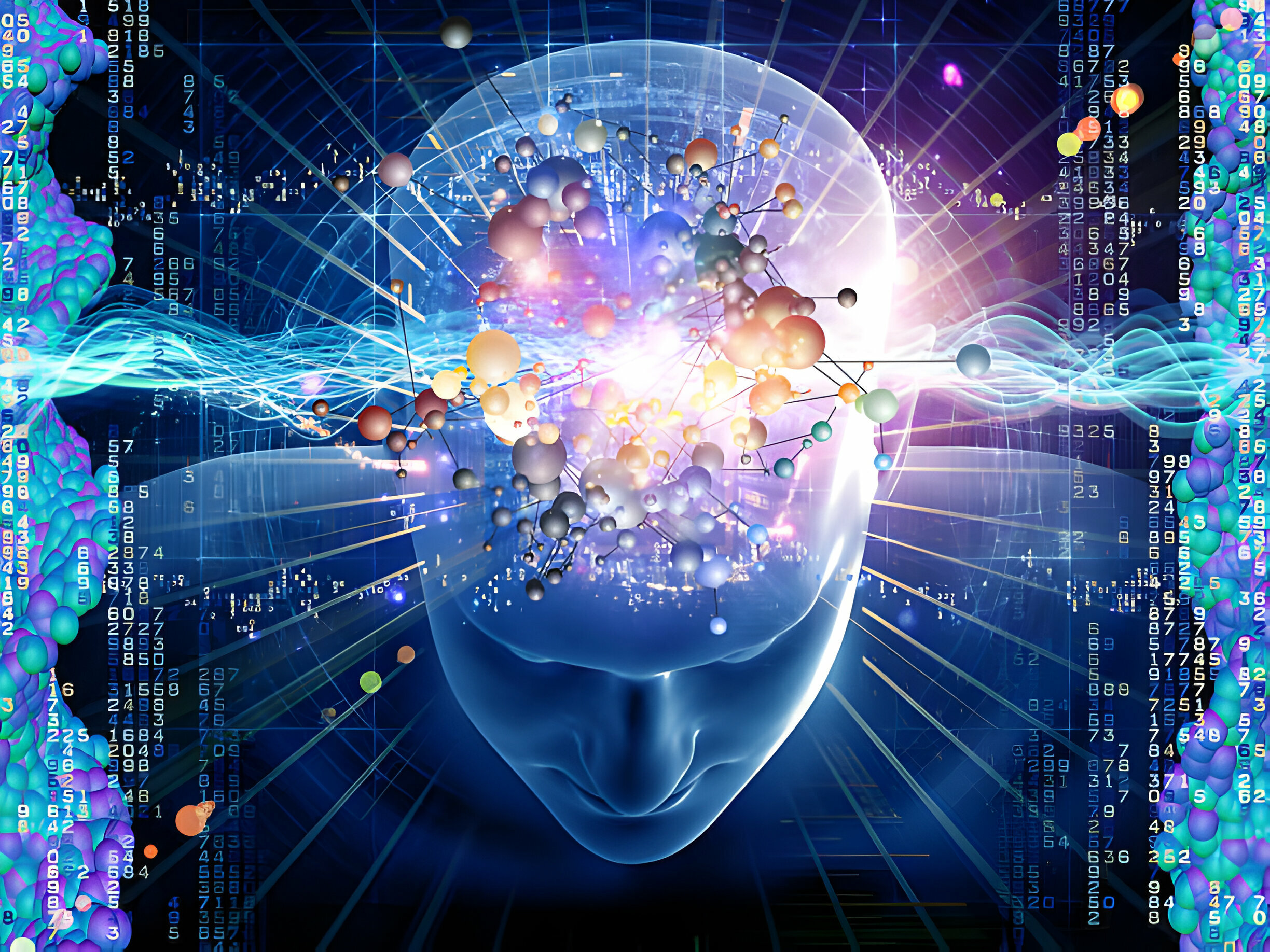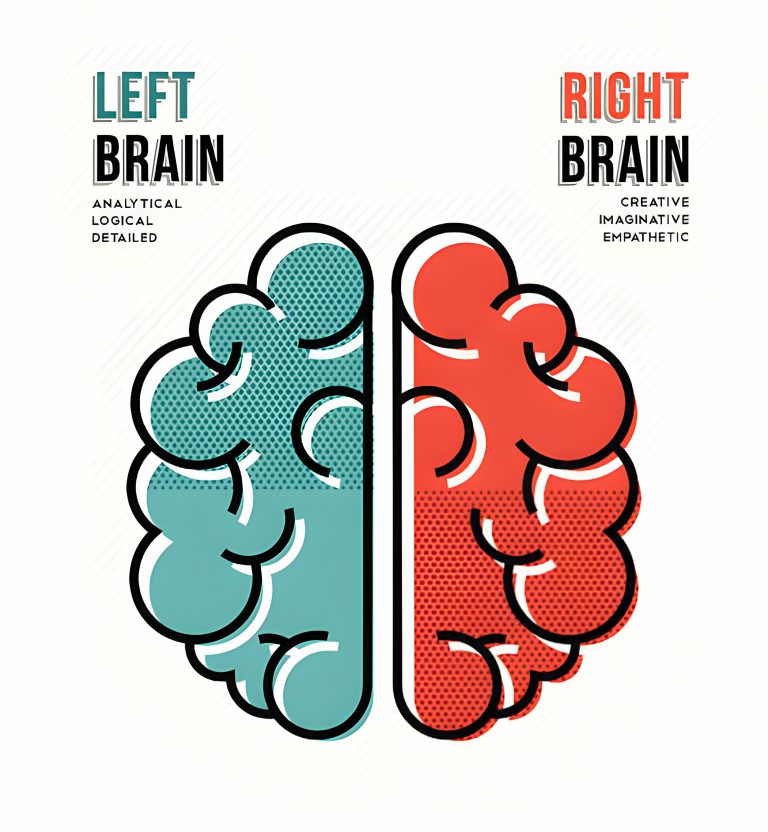What Is the Physical Composition of the Human Brain?

Contrary to popular belief, the brain is not a muscle. While it does contain some muscle tissue to control movement, the majority of the brain is made up of neurons, glial cells, and other structures that help it function as the control center of the body.
When it comes to the physical composition of the human brain, it is a complex organ made up of approximately 86 billion neurons. These neurons are responsible for transmitting information through electrical and chemical signals, allowing us to think, feel, and interact with the world around us.
In addition to neurons, the human brain is also composed of glial cells, which provide support and protection for the neurons. These cells help to maintain the health and proper function of the brain, and play a crucial role in overall brain function.
The next part of this article will cover the different regions of the brain and their specific functions. From the frontal lobe, which is responsible for decision making and problem solving, to the occipital lobe, which processes visual information, each area of the brain plays a unique role in our everyday lives. We will delve into the specifics of each region and how they work together to make the brain the incredible organ that it is.
– The human brain is not a muscle; it is primarily made up of fat and water.
– The brain is composed of approximately 60% fat, with most of it being essential fatty acids crucial for proper brain function.
– Water makes up about 70% of the brain’s total weight, emphasizing the importance of staying hydrated for optimal brain health.
– The brain also contains proteins, carbohydrates, and minerals necessary for its proper function.
– The brain’s gray matter consists of mostly neuronal cell bodies, while the white matter is largely composed of myelinated axons.
– Glial cells, which outnumber neurons in the brain, play a critical role in supporting and protecting nerve cells.
– Understanding the physical composition of the brain is essential for devising strategies to maintain and improve brain health throughout life.
What Is the Physical Composition of the Human Brain?
When considering whether the brain is a muscle, it’s important to understand the physical composition of the human brain. The brain is primarily made up of specialized cells called neurons, which are responsible for transmitting electrical and chemical signals throughout the brain and nervous system. These neurons are supported by various types of glial cells, which provide structural support and help in the functioning of neurons.
It is a common misconception that the brain is a muscle, but in reality, the brain is made up of different types of cells that serve unique functions. Unlike muscles, which are primarily made up of muscle fibers, the brain’s composition is more complex and includes various structures such as the cerebral cortex, cerebellum, and brain stem. These structures work together to control different functions such as movement, sensation, cognition, and emotion.
All About Memory Foam Mattresses
Memory foam mattresses are a popular choice for many people due to their ability to contour to the shape of the body. These mattresses are made from a viscoelastic material that is both soft and supportive. The foam reacts to body heat, molding to the curves of the body and providing excellent pressure relief. Memory foam mattresses come in a variety of thicknesses and densities, allowing customers to choose the level of support that works best for them. They are also known for their motion isolation properties, making them a great option for couples who may be disturbed by their partner’s movements during the night.
Latex Foam Mattresses: A Natural Option
Latex foam mattresses are another popular choice for those looking for a comfortable and supportive sleep surface. Made from the sap of rubber trees, latex foam is a natural and eco-friendly material. These mattresses are known for their durability and breathability, allowing for a cool and comfortable night’s sleep. Latex foam mattresses come in both natural and synthetic varieties, with natural latex being the more expensive option. These mattresses are also hypoallergenic and resistant to dust mites, making them a great choice for allergy sufferers.
Innerspring Mattresses: A Classic Choice
Innerspring mattresses have been a staple in the mattress industry for years. These mattresses are made up of a network of steel coils that provide support and durability. Innerspring mattresses come in a variety of firmness levels, with options ranging from plush to extra firm. These mattresses are also known for their ability to promote airflow, keeping sleepers cool throughout the night. In recent years, manufacturers have started incorporating additional layers of foam or gel to enhance comfort and support in traditional innerspring mattresses.
What are the main components of the human brain?
The human brain is made up of approximately 86 billion neurons, which are specialized cells that transmit information through electrical and chemical signals. These neurons are organized into different regions or areas of the brain, each responsible for specific functions such as movement, sensory perception, memory, and emotions. In addition to neurons, the brain also contains glial cells, which provide support and protection to the neurons.
What is the role of neurotransmitters in the physical composition of the human brain?
Neurotransmitters are chemicals that are released by neurons to transmit signals to other neurons or to target cells such as muscles or glands. These neurotransmitters play a crucial role in the functioning of the human brain by regulating mood, behavior, cognition, and various other physiological processes. Some common neurotransmitters include dopamine, serotonin, and noradrenaline, each with its own specific functions in the brain.
How does the physical composition of the human brain change over time?
Throughout a person’s lifespan, the physical composition of the human brain undergoes various changes. In early childhood and adolescence, the brain experiences rapid growth and development, with an increase in the number of neurons and connections between them. As a person ages, the brain starts to shrink in size and the number of neurons decreases. This decline in brain volume is a normal part of aging and can lead to changes in memory, cognitive function, and motor skills.
Can the physical composition of the human brain be altered?
The physical composition of the human brain can be altered through various factors such as environmental influences, lifestyle choices, and neurological conditions. For example, chronic stress has been shown to affect the structure and function of the brain, particularly in regions associated with memory and emotional regulation. On the other hand, engaging in activities such as exercise, cognitive stimulation, and social interaction can promote neuroplasticity, which is the brain’s ability to reorganize itself and form new connections.
What role does genetics play in the physical composition of the human brain?
Genetics play a significant role in determining the physical composition of the human brain, including factors such as brain size, structure, and function. Studies have shown that certain genes are responsible for influencing traits such as intelligence, personality, and susceptibility to neurological disorders. However, it is important to note that genetics is just one of many factors that contribute to the complexity of the human brain, and environmental influences also play a crucial role in shaping brain development and function.
How does nutrition impact the physical composition of the human brain?
Nutrition plays a critical role in the physical composition of the human brain, as the brain requires a variety of nutrients to function optimally. For example, omega-3 fatty acids found in fish and nuts are important for maintaining the structure and function of brain cell membranes. Additionally, antioxidants such as vitamins C and E help protect the brain from oxidative stress and inflammation. A balanced diet rich in fruits, vegetables, whole grains, and lean proteins is essential for supporting brain health and cognitive function.
What are some common disorders that can affect the physical composition of the human brain?
There are several common disorders that can affect the physical composition of the human brain, including Alzheimer’s disease, Parkinson’s disease, multiple sclerosis, and traumatic brain injury. These disorders can cause structural changes in the brain, such as the formation of plaques and tangles in Alzheimer’s disease or the loss of dopamine-producing neurons in Parkinson’s disease. Symptoms of these disorders can vary depending on the specific regions of the brain that are affected and may include memory loss, movement difficulties, cognitive impairment, and sensory disturbances.
How does physical activity impact the physical composition of the human brain?
Physical activity has been shown to have a positive impact on the physical composition of the human brain by promoting neuroplasticity and enhancing cognitive function. Exercise increases blood flow to the brain, which provides nutrients and oxygen to support the growth and maintenance of neurons. Regular physical activity has also been associated with improved memory, attention, and mood, as well as a reduced risk of age-related cognitive decline and neurodegenerative disorders. Incorporating activities such as aerobic exercise, strength training, and balance exercises into one’s routine can help maintain brain health and function throughout life.
How do environmental factors influence the physical composition of the human brain?
Environmental factors such as exposure to toxins, pollutants, and stress can have a significant impact on the physical composition of the human brain. Prenatal exposure to alcohol, drugs, or infections can disrupt normal brain development and lead to cognitive and behavioral problems later in life. Chronic stress can trigger inflammation and cell damage in the brain, affecting areas involved in memory, emotion, and decision-making. Creating a supportive and stimulating environment, practicing stress-reducing techniques, and minimizing exposure to harmful substances can help protect the brain and promote overall well-being.
What are some ways to promote brain health and support the physical composition of the human brain?
There are several ways to promote brain health and support the physical composition of the human brain, including engaging in regular physical exercise, maintaining a balanced diet, getting an adequate amount of sleep, managing stress, and staying mentally active. Activities such as reading, puzzles, learning new skills, and socializing can help stimulate brain function and promote neuroplasticity. It is also important to avoid smoking, limit alcohol consumption, and protect the brain from head injuries to maintain optimal brain health. By adopting a holistic approach to brain health, individuals can support cognitive function, emotional well-being, and overall quality of life.
Final thoughts
The human brain is primarily composed of water, fat, protein, carbohydrates, and minerals such as calcium, potassium, and phosphorus. It is not a muscle; rather, it is an organ comprised of billions of neurons that communicate through electrical and chemical signals. The brain’s physical composition plays a crucial role in its functioning, including supporting cognitive processes, regulating emotions, and controlling bodily movements.
While the brain is not a muscle, it requires proper nutrition and oxygen to function optimally. Adequate hydration, a balanced diet rich in essential nutrients, and regular physical exercise can help maintain brain health and cognitive function. Understanding the physical composition of the human brain can shed light on its intricate workings and the importance of caring for this vital organ.
In conclusion, the human brain is a complex organ that is essential for various bodily functions. Its composition of water, fat, protein, and minerals contributes to its structure and functionality. While the brain is not a muscle, it requires proper care to function effectively. By prioritizing brain health through healthy lifestyle choices, individuals can support optimal cognitive function and overall well-being.




